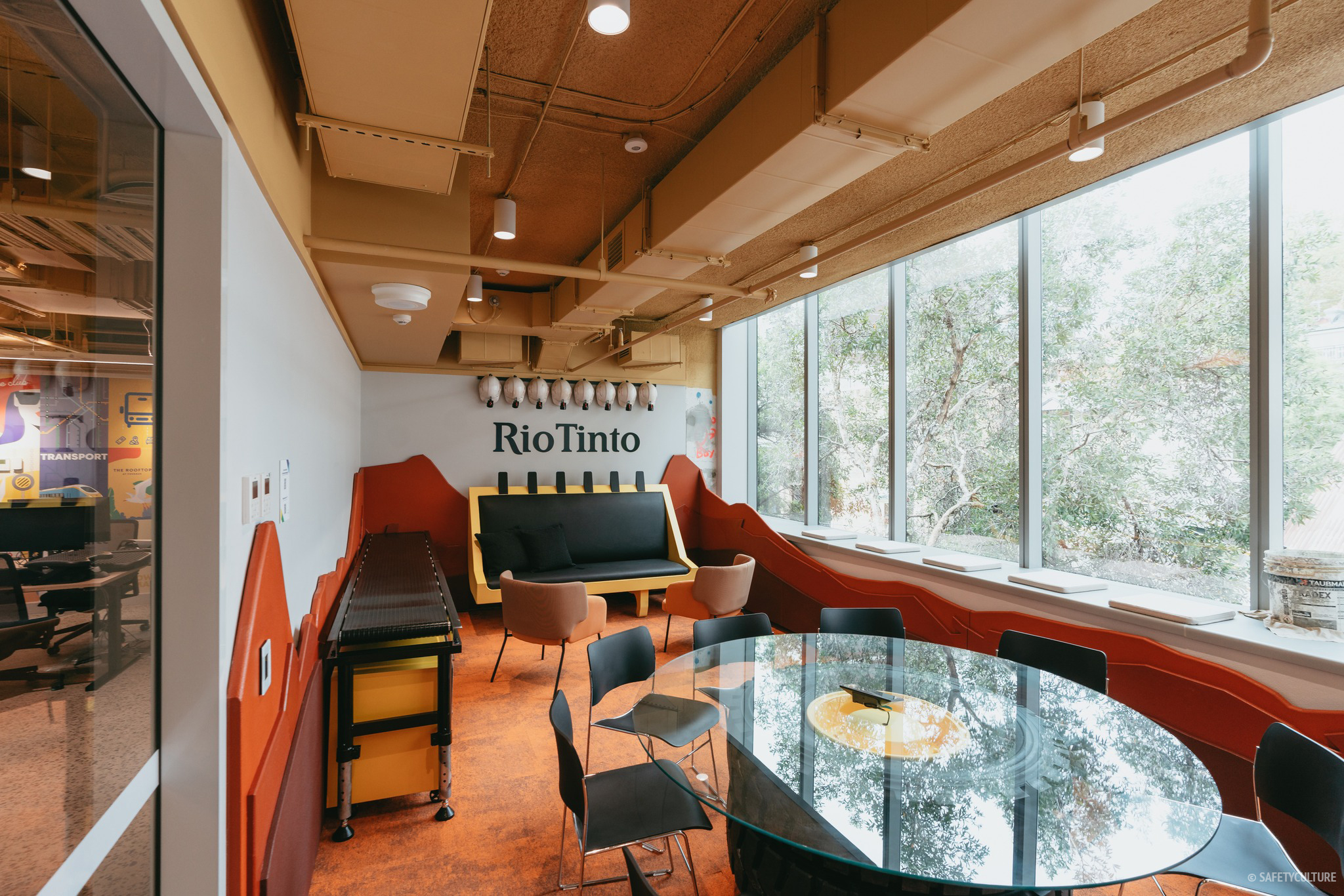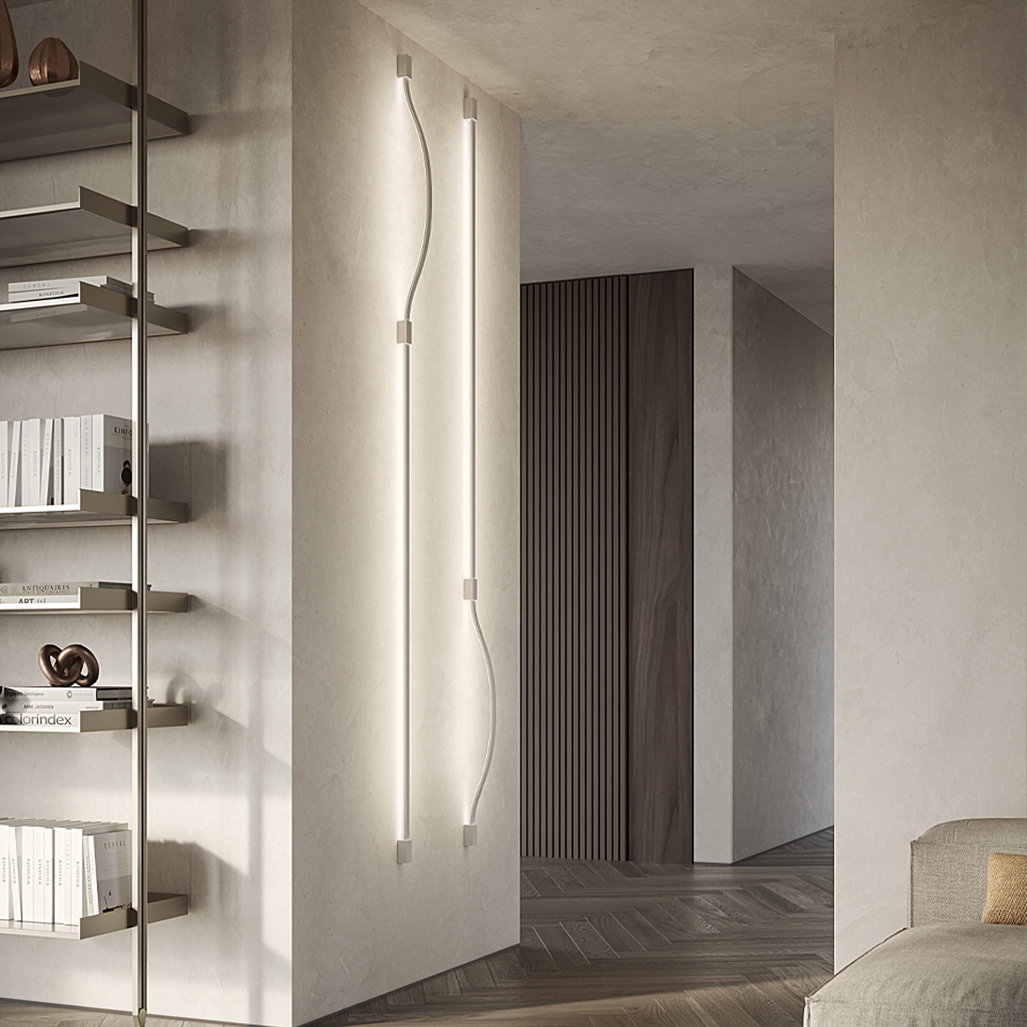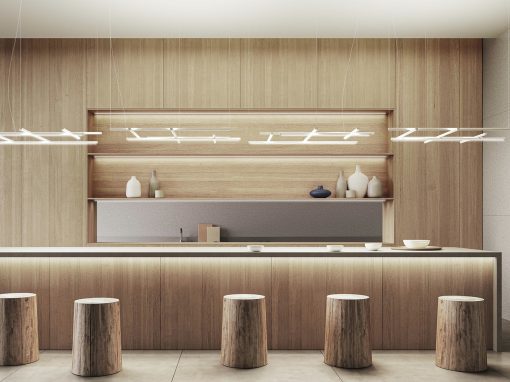Introduction to Lighting Theory
Lighting is an essential aspect of any space, and understanding the different types of illumination is crucial for effective light planning. In the 1950s, Richard Kelly, a renowned light planner, defined a basic classification of illumination types that remains relevant today.
These types include:
- General Illumination – Light to See
- Functional Lighting – Light to Look At
- Accent Lighting – Light to Behold
Each type serves a specific purpose in creating a well-illuminated environment. Let’s explore these types in more detail.
1. General Illumination
General illumination sets the overall tone of a space and provides uniform, soft lighting. It aims to clarify room situations and create a well-defined environment. Outdoors, you’ll find general illumination in areas such as car parks, pathways, and streets. These areas need to meet specific illuminance standards. Indoors, general illumination serves as the background light, allowing us to perceive the dimensions of a room. It eliminates harsh shadows and contrasts, providing a comfortable and visually clear environment.
2. Functional Lighting
Functional lighting directs attention to specific areas that require increased focus. It illuminates useful areas where tasks are performed, such as working surfaces, stairs, and street junctions with pedestrian crossings. Functional lighting typically follows formal requirements, ensuring optimal visibility and safety. By providing targeted lighting, it enhances task performance and improves overall functionality.
3. Accent Lighting
Accent lighting adds visual interest and highlights objects or architectural features. It creates focal points by using significantly brighter light compared to general illumination. However, it’s important to use accent lighting sparingly to maintain its impact. By selectively illuminating objects, architectural details, or individual wall surfaces, accent lighting creates a sense of drama and draws the viewer’s attention. When properly executed, accent lighting enhances the overall aesthetics of a space.
The Interplay of Illumination Types
The three types of illumination—general, functional, and accent—work together to create optimal lighting conditions. It’s the balanced interplay and interaction between these types that result in good illumination. Successful lighting design considers the proportional relationship among the different types, ensuring that each complements the others.
Creating Good Light
Good light design makes people feel comfortable and safe within an illuminated environment. It allows easy comprehension of spatial dimensions by incorporating gradations of light and dark. There should be no glaring brightness, light overspill, or complete darkness. A well-planned lighting scheme includes deliberate dark areas, which help emphasize the overall effect. This principle is especially important for architectural lighting, where details are showcased, and spaces are structured using light zones.
The interplay between light and shade, like natural daylight, allows us to quickly assess spatial dimensions and find our bearings. It creates a sense of orientation by establishing visual connections between illuminated zones and their surroundings. Whether indoors or outdoors, careful consideration of illuminance levels based on the significance of landscape elements, structures, or spaces is essential. By defining visual axes, lighting clarifies the spatial situation and enhances the feeling of safety.
Leveraging LED Technology
LED luminaires offer unparalleled control over lighting. They allow precise reflectors, accurately calculated light emission, and output classes tailored to specific tasks. With LEDs, specific areas can be effectively illuminated and reshaped through light. Light is increasingly used as an evocative element, enabling the highlighting of distinctive points in architecture or landscape elements. This technique is particularly beneficial for cityscapes, as it gives them a unique and recognizable appearance. It’s important to establish a visual connection between strongly illuminated zones and their surroundings, ensuring a harmonious picture without overly strong contrasts.
Functional Illumination Enhanced by Control Electronics
Control electronics provide even greater versatility and customisation options for functional illumination. By adjusting the intensity or colour of the light, the atmosphere of a space can be easily transformed. This capability is especially valuable for events in urban environments, where lighting can create captivating stage backgrounds or draw visitors through increased illuminance in parks and other public spaces. The ability to alter lighting characteristics enhances the attractiveness and adaptability of the room.
Balancing Illuminance Levels
To achieve an optimal lighting atmosphere, balancing the illuminance levels of general lighting, functional lighting, and lighting accents is essential. By modifying the illuminance of any one element, a significant impact on the lighting ambience can be achieved. However, it’s crucial to avoid extreme differences in perceived light levels. Strong contrasts can strain the eye and cause fatigue. Striving for a gradual transition between different lighting zones ensures a comfortable and visually appealing environment.
The Complexity of Illumination
Although the three types of illumination—general, functional, and accent—are distinct, their effects in practice can be influenced by numerous factors. The nature and colour of illuminated surfaces can affect reflection characteristics, while outdoor conditions, such as weather, also play a role. Additionally, everyone perceives light differently and reacts accordingly, introducing subjective elements to the interplay between the types of illumination. Therefore, it’s crucial to conduct on-site tests to validate planned lighting schemes and adjust based on practical observations.
In summary, understanding the different types of illumination—general, functional, and accent—allows for effective light planning. By carefully balancing these types and considering factors like illuminance levels, colour, and subjective perceptions, a well-illuminated environment can be created, promoting comfort, safety, and visual appeal. The right lighting design, incorporating modern technologies like LEDs and control electronics, enables the manipulation of light to evoke specific emotions and enhance the overall experience of a space.

Brilliantly versatile: Downlights, the unsung heroes of lighting design, play a crucial role in providing general illumination that elevates the ambience of any space. These versatile luminaires are commonly used in residential, commercial, and hospitality settings to create a welcoming and well-defined environment.
Project: Safety Culture

Function meets aesthetics, these bollards and pole top luminaires from BEGA illuminate spaces with precision and style, enhancing visibility and safety with functional illumination while adding a touch of elegance.

Accent lighting adds a touch of drama and sophistication, highlighting architectural features and cherished objects with a captivating interplay of light and shadow.
Product: PANZERI Bow




